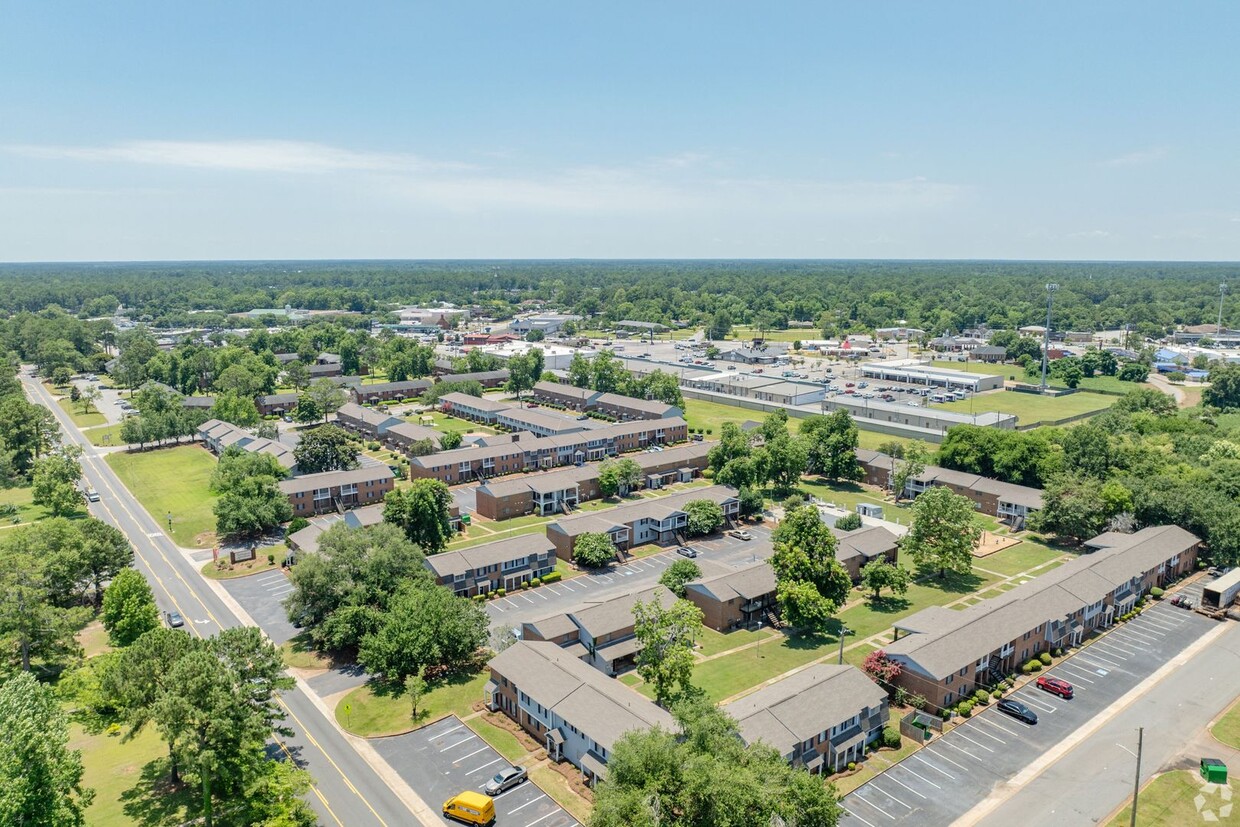Maximizing Investments – Foreclosures Q3 2023
Maximizing Investments – Foreclosures Q3 2023
A leading curator of land, property, and real estate data, released its Q3 2023 U.S. Foreclosure Market Report, which shows there were a total of 124,539 U.S. properties with foreclosure filings — default notices, scheduled auctions or bank repossessions — up 28 percent from the previous quarter and 34 percent from a year ago.
The report also shows there were a total of 37,679 U.S. properties with foreclosure filings in September 2023, up 11 percent from the previous month and up 18 percent from September 2022.
Foreclosure starts tick upwards from last year
Lenders started the foreclosure process on 68,961 U.S. properties in Q3 2023, down 1 percent from the previous quarter but up 3 percent from a year ago — nearly reaching pre-pandemic levels.
“Foreclosures are on the rise again this quarter, as indicated by our latest foreclosure numbers,” said Rob Barber, CEO at ATTOM. ” The number of new cases filed by lenders in the third quarter did rise just a small amount from the same period last year and actually dipped a bit quarterly – signs that the upward pattern may be easing. But foreclosure starts are nearly back to where they were two years ago when the federal government lifted a pandemic-related moratorium on most foreclosure filings. This rise in foreclosures might also be attributed to pending filings finally processing. Even with the national economic upturn and job stability, it’s evident that some homeowners are still grappling with the pandemic’s financial aftermath or encountering new challenges.”
Among the 223 metropolitan statistical areas analyzed in the report those that posted the greatest number of foreclosure starts in Q3 2023, included New York, New York (4,514 foreclosure starts); Chicago, Illinois (2,584 foreclosure starts); Houston, Texas (2,279 foreclosure starts); Los Angeles, California (2,273 foreclosure starts); and Philadelphia, Pennsylvania (2,104 foreclosure starts).
Counter to the national trend of annual increases, among those metropolitan areas with a population greater than one million that saw a decline in foreclosure starts in Q3 2023 were Salt Lake City, Utah (down 74 percent); Chicago, Illinois (down 35 percent); Kansas City, Missouri (down 34 percent); Columbus, Ohio (down 22 percent); and Milwaukee, Wisconsin (down 21 percent).
Successful Foreclosure Investing Strategies
There is great potential, but it takes great effort to cash in
Key Takeaways
- Investing in the foreclosure market can be lucrative, but it takes a lot of hard work.
- Investors need well-thought-out strategies for why they’re investing in the properties, how they will acquire them, and how they will use and/or dispose of them.
- Investors must research the local real estate market and each property thoroughly, as well as state and local government standards and the strength of the business community.
Foreclosure investing should be approached as any significant investment, requiring focus, diligence, and careful research into local property, economic, and demographic trends. It also requires the formation of a strategy for acquiring properties and eventually selling them.
Foreclosure Investing Isn’t for Amateurs
Buying used cars at auction is similar to investing in foreclosed properties. Used car dealers are people who know all the makes and models as well as their common defects and the way to change them to create value. They take significantly less risk than the average person who attends the auction just to buy a car at a discount.
Many foreclosure buyers go to the auction on the courthouse steps with the hope of grabbing a bargain—the disparity between the auction price and the property’s intrinsic value. However, they may not have any serious knowledge of the investment itself or any risk-mitigation strategies. Investors well seasoned in the residential foreclosure market know that relying on price differential as the main source of investment income is a recipe for disaster.
The correct method for obtaining a foreclosure property is not the shotgun approach; instead, it involves selecting properties that are in a locale that is destined for redevelopment or improvement. The properties need to have distinct attributes that make them stand out from others in the local market or present some opportunity to create value.
Investment Strategies
Any investor in real estate should have a well-thought-out strategy that includes the goals and manner for acquiring the property, holding it, and eventually disposing of it. This strategy is even more critical when investing specifically in the foreclosure market. You must determine whether the foreclosure occurred as a result of some unfortunate circumstance related to the former owner or because of a broader trend that may affect the local market.
Investors need to do a significant amount of research on the local real estate market. The demand for properties is a function of population growth, job growth, disposable income growth, and demographic changes. It will greatly affect pricing as well as the ability to sell properties at the end of the investment period.
Research upcoming infrastructure development, such as roads, schools, and community projects. Also learn how the local and state government support business growth and plan to fix any particular issues, such as traffic, air quality, crime, and taxes. All of these items will make an area more desirable and increase the value of properties within it.
Acquisition Strategies
Most investors have been taught to scour publications that list assets going to auction and then to correspond with owners about their intent to purchase the property before it goes on the auction block. Although deals can be obtained on the courthouse steps, finding alternative ways to secure distressed properties will greatly improve your chances of closing. It can also provide an opportunity to fully understand and analyze the property.
For example, let’s say an investor gains access to properties by using their contacts in the marketplace and knowledge of residential lending to help struggling homeowners negotiate with their lenders. If the loan problems are worked out, not only does the investor increase their reputation with both the owners and the lenders; the investor also may get referrals to others with problem loans. And if the situation can’t be worked out, the investor is the first in line to acquire the property, because they have gained the owners’ trust. Investors can also make an informed decision about whether to buy the property because they’ve learned about its drawbacks and benefits.
Another strategy is purchasing the distressed loans at a discount from the lenders. Banks and other lending institutions do not like acquiring foreclosures. To avoid taking on real estate owned (REO) properties, these institutions will often sell several nonperforming loans at a significant discount to par. Investors can be more flexible than the lenders in working out a nonperforming loan, sometimes turning it back into a performing loan that will command a much higher return, thanks to the investor’s lower basis in the investment. After seasoning the loans, investors can either hold them or sell them at a premium once the loans have been performing for some time.
In the event that the loans cannot be worked out, the investor can foreclose on the property and take the title without having to compete with any other parties. The only downside to this approach is that buying a pool of loans requires a larger capital outlay than buying individual properties at auction. The point is that there are creative ways to reduce the competition in acquiring a nonperforming asset.
Owning Strategies
Investors should also be sure of what to do once the asset is acquired. Will the property be “flipped” back into the market, or will it be held and seasoned awaiting a market change before sale?
Flipping Properties
Investors considering buying foreclosures and then remarketing them shortly after purchase should find ways to improve the property. Those that provide the greatest bang for the buck include adding bedrooms and bathrooms, remodeling kitchens, and finishing basements or other unused spaces.
As property transaction information is public knowledge, some prospective buyers will be wary of paying a premium for a property immediately after a foreclosure sale, even if its price is in line with other properties in the area. Creating value through redevelopment helps provide a rationale for the higher resale price and can reduce the risk of long marketing periods. However, investors should be wary of improving the property so much that its price is considerably higher than neighboring properties. It’s a bad idea to improve a foreclosed home so much that you price it out of the market.
Another strategy is to hold assets as rental properties until something happens in the marketplace to enhance property values. Investors must be sufficiently aware of the rental market to be confident that there is an adequate amount of demand for rental space and the property will generate enough rent to cover the cost of maintaining it.
For those who can handle the additional time and effort that it requires to be a landlord, buying distressed properties at a discount and converting them to rental properties can create significant wealth. The ability to get attractive financing, such as interest-only loans, in concert with the deductibility of mortgage interest from income taxes, can provide a way to create cash flow while waiting for the right time to sell.1
Although residential real estate is not as volatile as other asset classes, it is characterized by long periods of low returns and then a spike in the value corresponding to some major change in demand that explains a significant portion of return. Again, this is the impetus for ongoing research and a holding-period strategy that will help estimate the timing of the value jump and create a plan for the asset in preparation for sale.
Exit Strategies
Not having thought through an exit strategy is a big mistake that new investors commonly make. Many are under the false impression that the best time to invest in foreclosure properties is when there is an abundance of them available. Actually, a significant increase in homes for sale and foreclosure properties underscores some problem that is preventing people from paying their loans or making them unwilling to keep their homes. This could be due to the loss of jobs in the area or some infrastructure problem that makes the area undesirable.
Those trends will have a positive impact on the supply of available homes for sale or foreclosures and a negative impact on demand. This means that it will be more difficult to sell the property until the market fundamentals improve.
A common mistake made by investors who rely solely on the pricing differential for their profit is that they fail to realize the negative impact of carrying costs. Expenses can include mortgage payments, taxes, insurance, and maintenance during a protracted marketing and sales period.
Setting a deadline to sell a property and then discounting the price until the property sells is one way to avoid excess carrying costs. It is much better to sell at a small-to-zero profit than to continue to offer a property at a price that will ensure a long marketing period, which will pile up carrying costs that can lead to losses.
The Bottom Line
Want to listen to those who can give good financial advice ?
At SIMM Capital our investment strategy is to seek the best assets that hold the largest opportunities to improve on management and value, delivering in rent growth year over year that will result in cash out refinance events and high quality returns or how we can help click the link – www.simminc.com




Recent comments